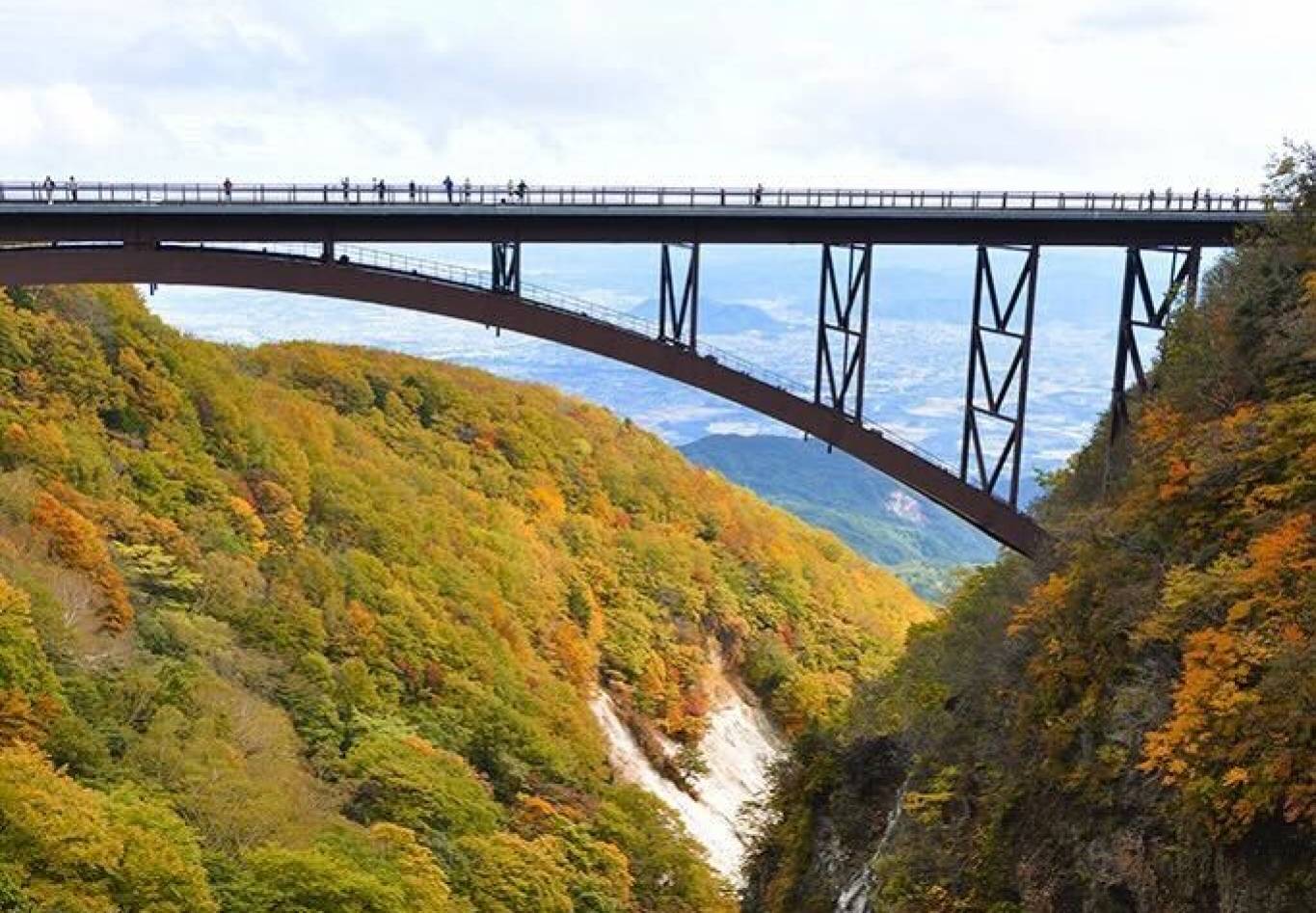Japan’s Fukushima cools on solar energy, pushing project providers to ‘give up’ to preserve environment

“In recent years, large-scale solar power generation facilities promoted by business operators have been installed one after the other in mountainous areas and citizens have voiced concerns about deterioration of the landscape and declining local safety and security caused by deforestation,” it said.
“We must protect the safety and security of citizens’ lives and preserve the landscape of our hometown as a treasure for future generations.”
‘Invest in Japan’: can finance reforms help Tokyo rival Singapore, Hong Kong?
‘Invest in Japan’: can finance reforms help Tokyo rival Singapore, Hong Kong?
At present, there are 26 mega-solar facilities close to the city, including a number that are still under construction. One of the sites flanks Mount Sendatsu, directly overlooking the city, where forest-clearing work has left a large swathe of bare earth that is being replaced by thousands of solar panels.
In 2019, Canada-based Amp Energy completed the construction of a mega-solar plant on 32 hectares of land on hills just outside Fukushima, generating sufficient energy to power 6,000 households.
There have been economic benefits to the city and its residents from the construction of the solar plants, not least in the creation of jobs, rental income for the land used and local tax revenues, but the public backlash has convinced political leaders that the costs outweigh the positives.

The city says it fears that mountain slopes that absorb water when they are covered in forest will quickly lose their top soil and become unstable, leading to landslides as a result of the 26 facilities. Local animal life would also suffer from loss of habitat, it says.
And while the city is not able to legally halt the construction of new projects, it said it intends to strictly enforce regulations on construction, particularly those related to the environment, and take into account local residents’ concerns to encourage developers to look at sites elsewhere.
Fukushima city is following in the footsteps of the picturesque village of Otama, which took a similar stand against solar projects back in 2019.
Local authorities in Otama passed a declaration expressing concern that the surrounding landscape would be blighted by large-scale solar developments due to their “significant sense of weirdness”.
They also expressed concern about the costs associated with removing and then recycling the solar panels in the future.
“The landowners do receive rental fees from solar panels, but that will only be a temporary benefit,” said Eiki Takeda, head of the village’s environmental conservation department. “It’s also unclear whether the panels will be removed after they stop generating power.”
Soon after the 2011 disaster, Otama’s mountains were identified by developers as ideal for large-scale solar farms.
‘Appalled’: Solomons joins China in blasting Japan over Fukushima water dump
‘Appalled’: Solomons joins China in blasting Japan over Fukushima water dump
The local government initially released a declaration expressing opposition to solar installations but, as it is not legally binding, is considering more robust local regulations.
Otama’s price assessment of energy generated by solar panels could be instructive for Fukushima to look at the long-term feasibility of such facilities.
“There are no direct benefits from the panels in the form of electricity to the residents of the village and, in fact, energy prices have recently been revised and the unit price has actually increased,” Takeda said.



 Play Slots, Мотор casino games and more
Play Slots, Мотор casino games and more